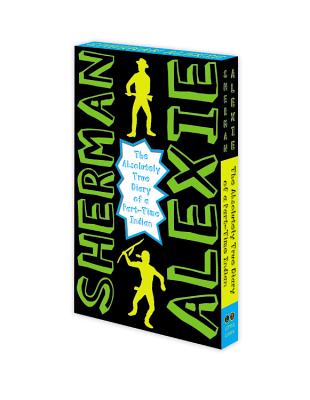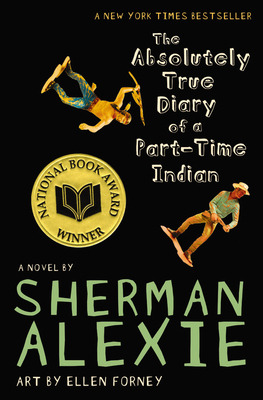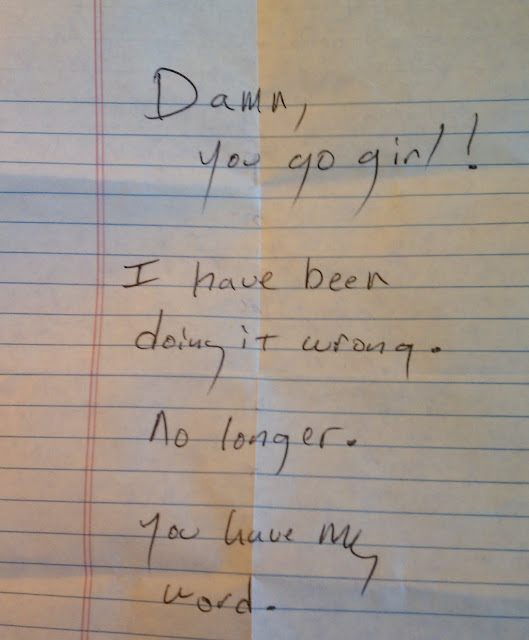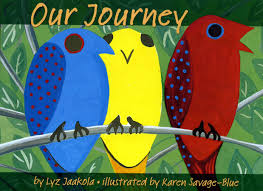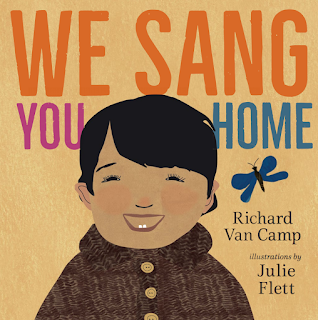[
Note: I am adding links to Native responses at the bottom of this page. If you know of others, please let me know by email or in a comment. See, especially, the statement by the Apache Nation Chairman and the one from descendent Harlyn Geronimo submitted to the U.S. Senate Commission on Indian Affairs.]
_______________________
MONDAY, MAY 2nd, 2011
FAIL: Codename for Osama bin Laden? "Geronimo"
by Debbie Reese
A few hours ago news media began reporting that the codename for Osama bin Laden was "Geronimo."
Who came up with that name? Did anyone say "hey wait a minute, let's give this some thought before going ahead with that name..."
Or did everyone say "YEAH. GOOD IDEA! Geronimo was a blood thirsty killer, and so is bin Laden, so, that is a PERFECT name for this operation!"
It is easy to understand why people would think it was a good choice. SOME people, that is... As you might guess, I think it is a poor choice.
My daughter pointed out how insulting it is to Native men and women serving in the Armed Forces. She's right. It is an affront.
We (people who work with children's books) are, whether we acknowledge it or not, partially responsible for an American citizenry that would think using "Geronimo" for this operation a good idea. Instead of pointing out that "bloodthirsty Indians" in children's books are a biased portrayal driven by a particular agenda, too many of us defend those biased portrayals... Like the Indians in
Matchlock Gun:
See? The not-quite-human "savages" chasing the fair and innocent woman/mother? See the tomahawk in her shoulder? America, and people who write children's books, have been casting and framing Indians as "terrorists" for literally hundreds of years. It is wrong, but it goes on, unchecked, because of the work it does. From framing colonizers as justified in taking land, to drawing on that "savage other" to frame current war efforts.
It is wrong. It is wrong. It is wrong.
______________________________
Update, May 3rd, 2011:
I addressed the equating of Geronimo with terrorism in 2009. The Foreign Policy Research Institute hosts free workshops for history teachers. They did one called "What Students Need to Know about Americas Wars." One speaker drew parallels between Apaches and terrorists.
Update, 12:15 EST, May 3rd, 2011: Reactions from Native people:
"What is It with the U.S. Military and Indians?" --- Indigenous Law Professors
Osama bin Laden: code-named Geronimo" --- Ben Carnes, Choctaw activist and writer
Update, 2:40 EST, May 3rd, 2011:
Bin Laden Code-name "Geronimo is a Bomb in Indian Country." Indian Country Today (Native newspaper)
Update, 7:15 EST, May 3rd, 2011:
Geronimo Again? The Indian Wars Continue Ad Nauseam. Columnist Steven T. Newcomb in
Indian Country Today
Update, 7:40 PM EST, May 3rd, 2011:
Codename: 'Geronimo' for Osama Bin Laden Mission Angers Some Native Americans. in "The Note" at ABC News.
Update, 8:00 PM EST, May 3rd, 2011:
IndianCountry TV:
Journalist Mark Trahant (Shoshone-Bannock) comments on military uses of Native names (personal and tribal)
Update, 8:28 PM EST, May 3rd, 2011:
Senate official: Wrong to link bin Laden, Geronimo
Update, 8:57 PM EST, May 3rd, 2011:
From the
NY Times, Leon Panetta's minute-by-minute account:
Panetta: "We have a visual on Geronimo."
Update: 9:41 PM EST, May 3rd, 2011:
Onondaga Nation leaders blast 'Geronimo' codename for Bin Laden at website for Syracuse Post-Standard.
Update: 1:33 AM EST, May 4th, 2011:
Geronimo? Really? Essay by Scott Andrews, professor, American/American Indian Studies, Cal State Northridge
Update: 7:36 AM EST, May 4th, 2011:
National Congress of American Indians Statement on Use of "Geronimo" as Name for Osama bin Laden Operation
Update: 7:49 AM EST, May 4th, 2011:
American Indians object to 'Geronimo' as codeword for bin Laden raid in
Washington Post Lifestyle includes quotes from former Marine Tom Holm (he's Creek/Cherokee) and professor in American Indian Studies at the University of Arizona, and from Suzan Shown Harjo, (Hodulgee Muscogee and Cheyenne) president of the Morning Star Institute. (Why did the
Post run this in the Lifestyle section?!!)
Update: 8:15 AM EST, May 4th, 2011:
Senate Committee on Indian Affairs to address use of 'Geronimo' as codename at hearing. Indianz.Com (a Native news source)
Update: 3:11 PM EST, May 4th, 2011:
Native American Journalist Association Statement on Geronimo published at
Indian Country Today
Osama Bin Laden is No Geronimo by Debbie Reese, published at the
Wall Street Journal
Update: 3:40 PM EST, Mar 4th, 2011:
Indian Country Responds to Geronimo, bin Laden Connection Statements Excerpts and statements from Native organizations and Tribal leaders
Update: 5:07 PM EST, May 4th, 2011:
Statement by Jeff Houser, Chairman of the Apache Nation
Update: 6:45 PM EST, May 4th, 2011:
Video: Interview includes James Riding In, Pawnee, Professor in American Indian Studies, Arizona State University
Update, 9:24 AM EST, May 5th, 2011:
Code name: Geronimo? by Ernestine Chasing Hawk in
Native American Times includes responses from Native veterans Tim Giago and Lloyd Goings
Update: 9:36 AM EST, May 5th, 2011:
Geronimo's family reacts to codename Geronimo KOAT News, Albuquerque (video does not include Geronimo's family response)
Update: 10:47 AM EST, May 5th, 2011:
pdf of Letter from Arizona State Representative Albert Hale to President Obama, posted at Turtle Talk
Update: 10:11 AM EST, May 6th, 2011:
Statement from the National Museum of the American Indian
Update: 12:10 PM EST, May 6th, 2011:
Winona LaDuke, on Democracy Now.
Update: 12:22 PM EST, May 6th, 2011:
Statement from Harlyn Geronimo, on behalf of himself and other surviving lineal descendents of Geronimo, available at
Indian Country Today
Update, 12:27 PM EST, May 6th, 2011:
Interview with Jeff Houser, Chair of Fort Sill Apache Tribe, published in
Indian Country Today
Update, 12:40 PM EST, May 6th, 2011:
Excerpts from statement made by Chair of the Navajo Nation, published in
Navajo Times
Update, 4:53 PM, CST, May 10, 2011:
NPR Interview with Tim Johnson of the National Museum of the American Indian




